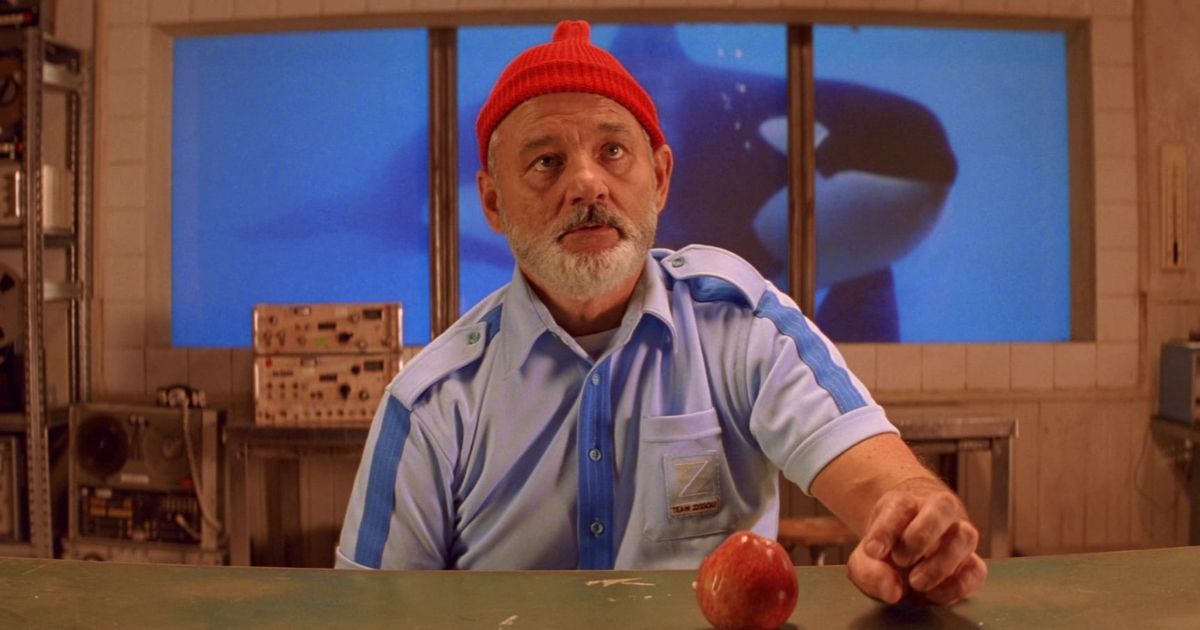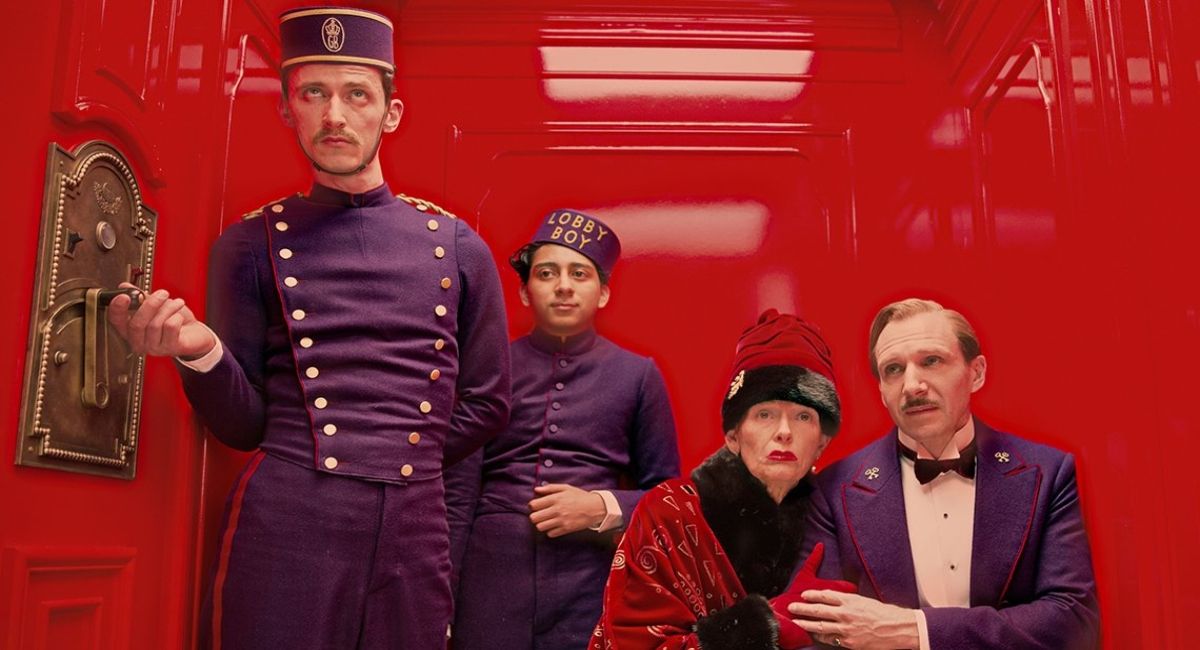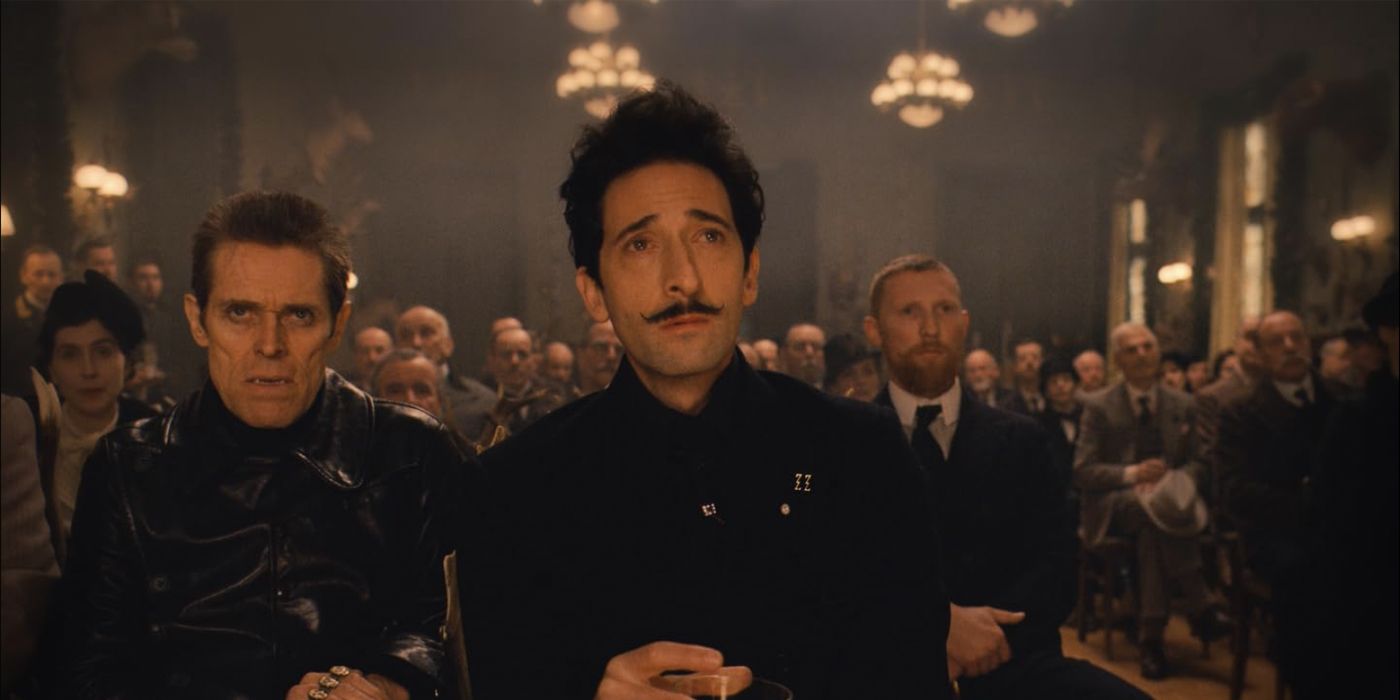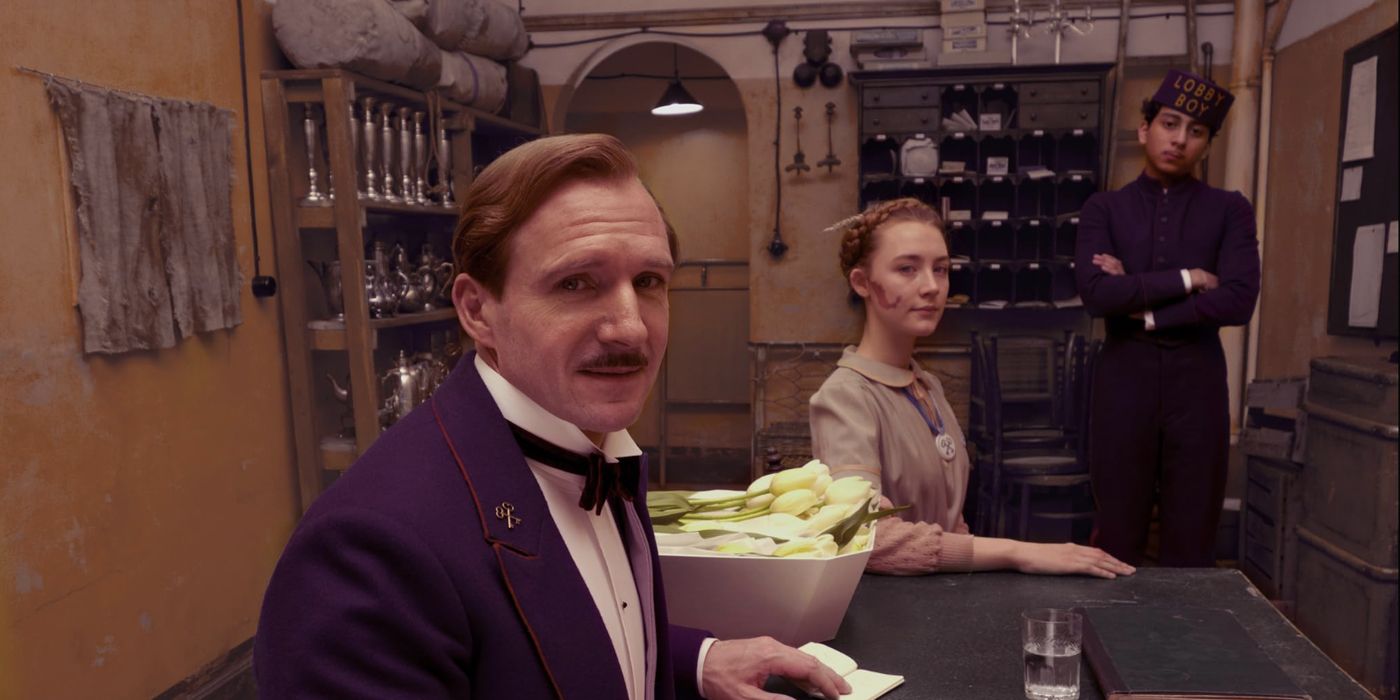American filmmaker Wes Anderson is a textbook instance of an “auteur.” His movies are immediately recognizable by their symmetrical cinematography, dynamic colour palettes, quirky characters, and recurring lineup of actors that features Jason Schwartzman, Invoice Murray, and brothers Luke and Owen Wilson, amongst many others. He’s additionally impressively prolific, having launched 4 movies inside the previous 5 years, along with his most up-to-date work, The Phoenician Scheme (2025), being launched in restricted theaters simply final week.
However, whilst he continues to develop his illustrious oeuvre, most critics and Anderson followers nonetheless regard his Oscar-winning 2014 interval comedy-drama The Grand Budapest Resort as his masterpiece. The movie’s story revolves round a 1968 dialog between an unnamed creator (Jude Legislation) and the eponymous Jap European lodge’s present proprietor, Zero Moustafa (F. Murray Abraham), because the latter shares his story of assembly and befriending the lodge’s eccentric concierge, Gustave (Ralph Fiennes), who was framed for the homicide of his aged former lover (Tilda Swinton) and pursued by her egocentric son, Dmitri (Adrien Brody).
Apart from containing lots of the most extravagant visuals and hilarious dialogue of Wes Anderson’s profession, what distinguishes The Grand Budapest Resort from the remainder of his already distinctive filmography is its clever and mature storytelling, in addition to its exploration of heavy and complicated themes, together with grief, nostalgia, and the rise of Nazi fascism. In doing so, Anderson crafts an unusually somber and, at occasions, deeply disturbing movie that offers the mislead the notion that his movies are merely self-indulgent works that favor model over substance.
Wes Anderson’s Sensible Use of Colour
Anderson’s movies are generally criticized for being overly trendy on the expense of emotional or thematic depth. However The Grand Budapest Resort demonstrates that Anderson can creatively use his distinctively colourful and ornate costumes and units to convey advanced concepts and interact the viewers on an emotional degree. For example, the lodge’s inside and the characters’ outfits are vibrantly colourful within the early flashbacks (significantly purple, orange, and purple). The truth that this colour scheme appears excessively idyllic and synthetic is smart as a result of we’re being proven the lodge by means of the nostalgic thoughts’s eye of the narrator, Zero.

Associated
All 11 Wes Anderson Films, Ranked by Visible Model
Wes Anderson’s movies have an uncommon but pure visible model. Listed here are the director’s movies ranked by their distinctive lens.
In contrast, the flashbacks close to the top of the movie, wherein Zero is beset by a number of tragic losses, are filmed in black and white. Not solely does this bleaker cinematography mirror Zero’s gloomy emotional state as he recounts this somber a part of his life, but it surely additionally critiques the encroaching Nazi regime that’s largely chargeable for what finally befalls Zero and his buddies. It’s scenes like this that show Wes Anderson is a much more mature filmmaker than he’s given credit score for. He is aware of that the world is simply as stunning and colourful because the folks inside it. When folks just like the Nazis enter the image, it’s not applicable to movie the world as colourful and eccentric as Anderson typically does.
The Political Subtext of ‘The Grand Budapest Resort’
On its face, the narrative of The Grand Budapest Resort is an easy mixture of homicide thriller and buddy comedy. However this belies the a lot heavier themes on the coronary heart of the movie. In an article for The Atlantic, distinguished legal professional Norm Eisen (who’s given “Particular Thanks” within the movie’s closing credit) highlighted the variety of the Grand Budapest Resort’s workers, together with Zero, who’s an immigrant; Gustave, who’s bisexual; and Vilmos Kovacs (Jeff Goldblum), a Jewish legal professional. In different phrases, Eisen factors out, they’re all members of the sorts of demographic whom the Nazis despised. It is price noting that the movie takes place shortly earlier than the rise of Hitler and the beginning of World Warfare II.
Moreover, though Dmitri is just not explicitly recognized as a Nazi, his black and grey model of gown, Hitler-like mustache, SS-like insignia, and grasping and bigoted persona make him an efficient stand-in for the fascist social gathering. His need to steal a useful piece of paintings that does not belong to him additionally carefully mirrors one of many Nazis’ much less bloody however equally reprehensible real-life crimes. Moreover, his motorcycle-riding henchman, J.C. Jopling (Willem Dafoe), who brutally murders a number of folks all through the movie on Dmitri’s behalf, is actually a one-man Gestapo.

Associated
How Wes Anderson Films Discover the Lack of Innocence
Of all of the concepts Wes Anderson explores, just one unifies his whole physique of labor.
The Grand Budapest Resort, then, is a celebration of variety within the face of impending authoritarianism and violence. The colorfulness of each the lodge and the folks inside it’s not simply aesthetically pleasing — it additionally represents the joyful resistance of Gustave, Zero, and the remainder of the workers to fascism. On the similar time, although, Anderson does not sugarcoat the damaging penalties of fascism, as evidenced by the black and white flashbacks close to the top of the movie. In actual fact, even from the start of the movie, when the creator meets an aged Zero residing alone within the lodge (which is now solely meagerly occupied), we all know that Zero’s story does not precisely have the happiest of endings.
‘The Grand Budapest Resort’ Is In regards to the Significance of Remembering
However what’s essential is that, by sharing his story with the creator, he retains the joyful reminiscences of the lodge — and the reminiscences of the folks he liked most — alive. Furthermore, the movie is bookended by a younger lady within the current day, studying a ebook that the creator wrote about Zero’s story (itself titled “The Grand Budapest Resort”), exhibiting that the creator has efficiently preserved Zero’s story for future generations. In the end, the movie’s message is easy: buildings and other people do not final endlessly, however the reminiscences of each actually can. The Grand Budapest Resort is offered to lease on Prime Video and Apple TV+.

